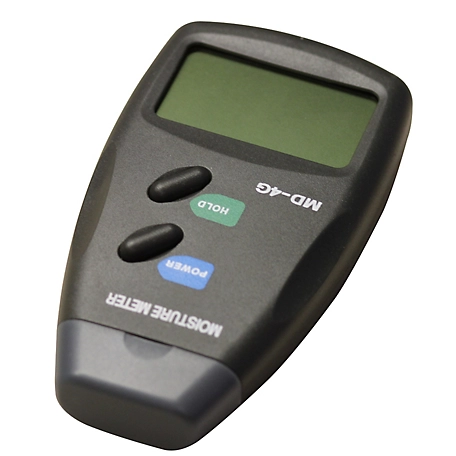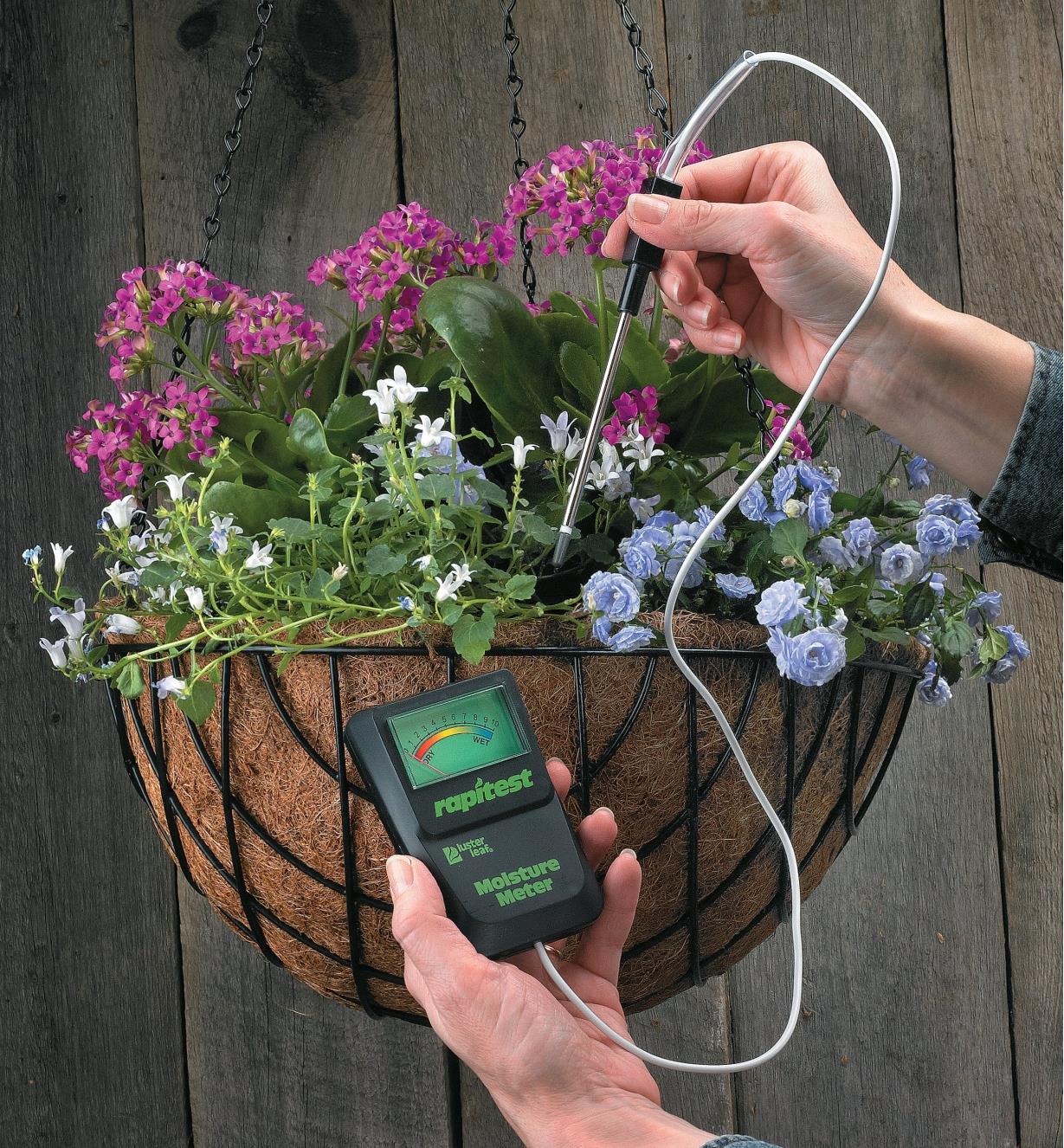Moisture Meter Buying Overview: What to Try to find in High-Quality Instruments
Moisture Meter Buying Overview: What to Try to find in High-Quality Instruments
Blog Article
Comprehending the Significance of a Moisture Meter in Protecting Against Mold and Water Damage in your house
In the realm of home maintenance, the existence of dampness can usually be a quiet yet formidable foe, capable of creating pervasive mold and mildew growth and insidious water damage if left untreated. Amidst the relaxing ambiance of a home, hidden wetness concerns can brew below the surface area, positioning a hazard to both residential property and wellness. Outfitted with the right devices and knowledge, house owners can proactively combat these potential risks. Comprehending the significance of a wetness meter in this fight is not just an alternative but a critical necessity.
Value of Moisture Discovery
Reliable dampness discovery approaches are essential for protecting buildings and preventing potential mold growth and water damage. Moisture can permeate into various building products, causing architectural concerns and wellness dangers. By using a wetness meter, homeowner can proactively recognize locations susceptible to excess dampness, permitting timely intervention and reduction strategies.
Moisture meters supply precise analyses of wetness levels in various products such as concrete, drywall, and timber. This information aids in identifying locations of concern, also in concealed or hard-to-reach areas. Early discovery of moisture accumulation makes it possible for prompt fixings or modifications to avoid additional damage.

Just How Moisture Meters Work
Wetness meters play an essential role in the aggressive identification of excess dampness, aiding in the avoidance of prospective mold and mildew growth and water damages by providing exact readings of dampness levels in different building products. These devices work based upon various principles, depending on their type. Moisture Meter. Pin-type dampness meters, as an example, have 2 pins that penetrate the material to gauge the electric resistance between them. When moisture is existing, it boosts the material's conductivity, resulting in a lower resistance analysis. Pinless dampness meters, on the other hand, use electromagnetic sensors to scan the product without creating damage. These sensors produce electromagnetic signals that permeate the material and determine the dielectric homes, showing moisture web content. Some progressed moisture meters pin both incorporate and pinless modern technologies for detailed dampness discovery. Understanding how moisture meters feature is vital for prompt and precise dampness level assessments, allowing efficient preventative steps against mold and water damage.
Finding Early Warning Indicators
Upon first inspection of a home, acknowledging refined indicators of excess moisture comes to be important in the very early detection of possible mold and mildew development and water damages. Some common early caution signs include musty smells, water discolorations on wall surfaces or ceilings, peeling paint or wallpaper, and warped or stained surface areas. Musty odors commonly show the presence of mold or mold, also if no noticeable indicators appear. Water spots can signify leaks or infiltration, while peeling off paint or wallpaper might be a result of moisture jeopardizing the adhesion of these products to the surface area. Deformed or discolored surface areas, such as buckling floorboards or discolored drywall, are clear signs of water damages. In addition, a rise in allergy signs or respiratory system problems among residents may recommend the visibility of mold and mildew due to excess moisture. By without useful site delay identifying and attending to these early indication, property owners can reduce the danger of considerable mold growth and water damages in their homes.
Stopping Mold And Mildew Development
Recognizing early indication of excess dampness within a property not just allows timely detection of possible mold and mildew development and water damages but additionally functions as a positive procedure in preventing the proliferation of mold and mildew. To successfully stop mold and mildew development, it is essential to deal with any sources of wetness without delay. This can include repairing leaks in roofing systems, home windows, or pipes, ensuring proper ventilation in moist locations like kitchens and restrooms, and utilizing dehumidifiers in high-humidity rooms. Frequently keeping the residential or commercial property and checking's plumbing, roof, and rain gutters can additionally assist in avoiding water breach that might lead to mold and mildew development.
Checking moisture levels in areas vulnerable to wetness, such as basements and crawl spaces, using a dampness meter can likewise aid in early detection of raised moisture levels and possible mold and mildew development - Moisture Meter. By taking aggressive actions to protect against excess dampness and mold and mildew growth, house owners can protect their residential property and interior air high quality.
Advantages of Normal Surveillance
Routine monitoring of wetness levels in a residential or commercial property can play a critical function in maintaining a healthy indoor setting and stopping possible mold and water damages. By try this site on a regular basis examining wetness levels, homeowners can discover any type of issues without delay and take needed activities to prevent mold and mildew growth and water damage. One of the essential advantages of normal tracking is early detection. By determining and resolving high dampness degrees beforehand, property owners can intervene prior to mold and mildew has the chance to spread out and establish. This aggressive strategy can save both money and time over time by preventing comprehensive mold and mildew removal and fixing costs.
Furthermore, regular tracking allows house owners to track patterns and trends in moisture degrees over time. Ultimately, the constant monitoring of wetness levels encourages property owners to shield their residential property, protect their wellness, and protect the honesty of their indoor atmosphere.

Verdict

By making use of a wetness meter, residential property proprietors can proactively recognize locations vulnerable to excess moisture, allowing for timely treatment and reduction strategies.

Keeping an eye on wetness levels in areas prone to wetness, such as cellars and crawl areas, using a moisture meter can additionally help in early detection of raised dampness degrees and prospective mold growth. (Moisture Meter)
Report this page